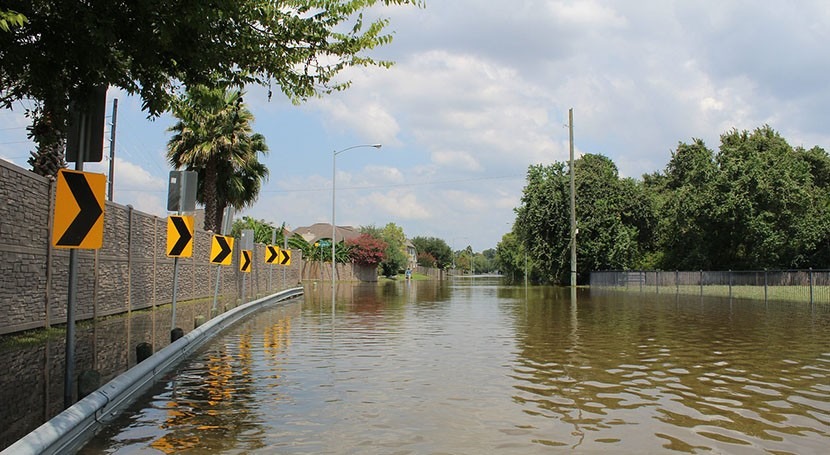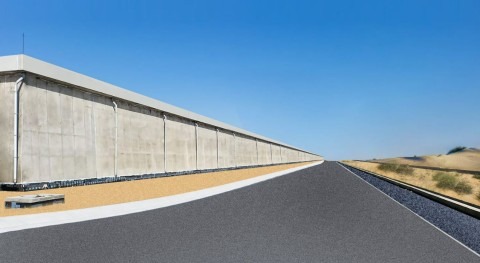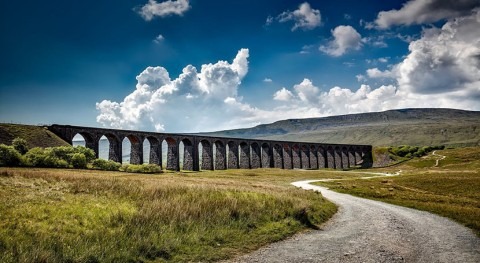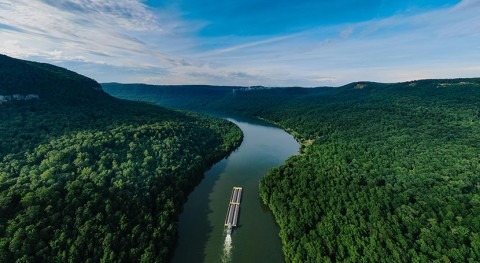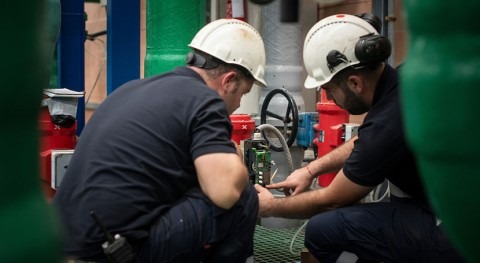The people in the town of Ludlow, Vermont, used to welcome summer thunderstorms, but after catastrophic flooding swept through the state last July after heavy rainfall, that perception changed.
The impact of the storm was comparable to that one of caused by Tropical Storm Irene in 2011: flooded roads, carried away cars, and caused extensive damage to homes and businesses. While the town’s drinking water facility – built at a higher elevation – remained functional, the sewage plant suffered severe damage, and sewage from treatment tanks ended up in the river; presently, the plant can only handle half of its typical workload. Across the United States, water infrastructure is vulnerable to increasingly frequent heavy storms, according to an analysis by Associated Press.
Climate change is making storms more unpredictable and destructive, which poses a significant threat to water systems. One reason for this is that wastewater systems are often situated near water bodies, where they discharge their contents. However, this location, usually the lowest point in the community, also exposes them to flood risk.
Wastewater systems were designed for a climate that probably doesn’t exist anymore, explains Sri Vedachalam, director for water equity and climate resilience at Corvius Infrastructure Solutions LLC. Furthermore, outdated government flood maps fail to show current flooding risks. According to the AP analysis, using data from risk-analysis company First Street Foundation, looking at 5,500 wastewater treatment plants, some metro areas have a large proportion of wastewater facilities at risk of flooding, including South Bend-Elkhart-Mishawaka, between Indiana and Michigan; Charleston-Huntington-Ashland, between West Virginia, Ohio and Kentucky; Madison-Janesville-Beloit in Wisconsin and Syracuse-Auburn, in New York.
Drinking water treatment plants are also at risk, as many are located near the water bodies they take their water from. Aging water pipes further exacerbates this risk, with frequent water main breaks resulting in substantial water loss.
Recent federal funding initiatives allocate $55 billion to improve the nation's water systems, but even these amounts fall short of addressing the full scope of climate-related risks to water infrastructure. While larger cities can partially fund projects through rate increases, smaller communities often rely on state or federal grants to upgrade their facilities.
In the case of Ludlow, their wastewater plant had previously been rebuilt to withstand floods, but the latest storm still overwhelmed the system. Officials are considering constructing flood diversion measures to protect critical infrastructure, though challenges due to geography and terrain remain.
In essence, the potential for flooding of wastewater and drinking water systems underscores the urgent need for comprehensive planning, investment, and adaptation measures to ensure water security and resilience in the face of a changing climate.


